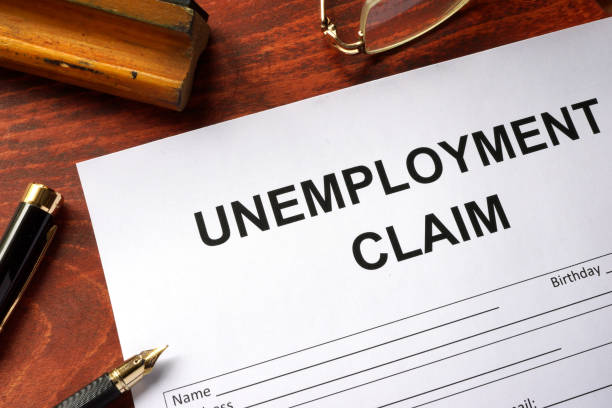Boeing announced last week it has decided to move production of the horizontal tail of the 787-9 (the next, larger version of the Dreamliner) from Seattle to Salt Lake City, Utah and Alenia, Italy.
The announcement comes less than three years after Boeing moved its second production line of the 787 Dreamliner from Washington to South Carolina (a second production line of the vertical tail fin, a part once produced only in Washington, quietly followed), and 11 years after the company suddenly moved its headquarters to Chicago, Illinois, after nearly 100 years in Seattle.
Boeing says this latest decision to move jobs out of Washington is “part of a strategy to duplicate all Puget Sound-area production…to ensure continuity of supply if work here was disrupted.”
“Disruption” means strikes. Boeing unions have held three costly strikes in 13 years. In 2008, 25,000 International Association of Machinists and Aerospace Workers walked off the job. That two-month strike in the midst of the Great Recession cost Boeing $2 billion.
As one Boeing official said: "Repeated labor disruptions have affected our performance in our customers' eyes." The unions are literally driving jobs out of the state.
Such labor disruptions aren’t likely in Utah and South Carolina. Both are right-to-work states, which protects workers from forced union membership. This means workers themselves can decide whether to join a union and pay its dues. Washington workers in union shops have no choice—union membership is mandatory. Labor unrest in right-to-work states is rare. Prohibiting compulsory unionism and protecting worker freedom reduces the likelihood of crippling strikes.
There’s also the issue of Washington’s poor business climate, which former Boeing President Alan Mulally famously declared “sucks.”
A U.S. Chamber of Commerce report analyzing the employment laws of all 50 states supports Mulally’s colorful description. Using a three-tiered ranking system of “good,” “fair,” and “poor,” the study examines each state’s labor and employment regulatory climate. The report awards Utah and South Carolina the highest ranking of “good.” But Washington earns the lowest ranking of “poor.”
Washington’s low ranking is a reflection of state employment-law, including some of the nation’s highest unemployment insurance and workers’ compensation costs. Also included is our state’s penchant for mandating rules that far exceed federal standards, as well as the lack of right-to-work protections. The report concludes, “…the direct costs associated with being an employer are much higher in Washington than in most other states.”
Utah and South Carolina, on the other hand, earn a high ranking because of their “favorable” employment climate. Their workers’ compensation and unemployment insurance costs are more reasonable, their employment laws meet federal standards, and they are both right-to-work states.
Boeing has long complained Washington’s business climate is not competitive; especially the high workers’ compensation costs. For over two decades the company’s top officials have warned state leaders Washington must enact serious reforms to improve the state’s business climate, or risk becoming an “aerospace rust belt.” Boeing’s latest relocation indicates these predictions are coming true.



